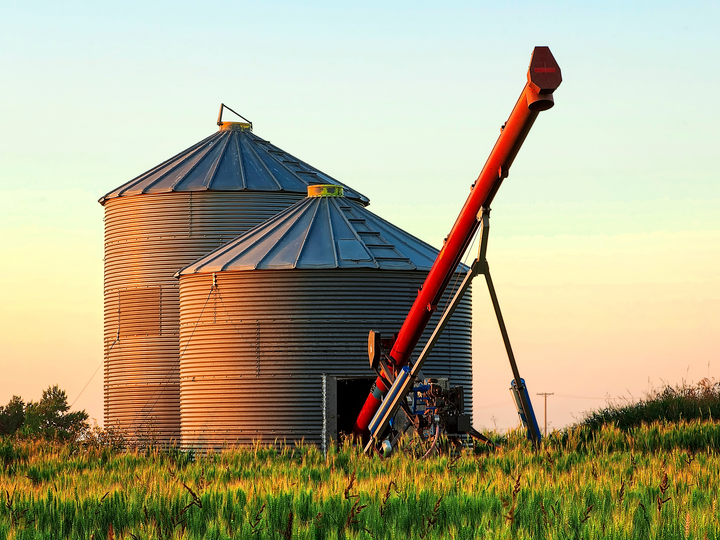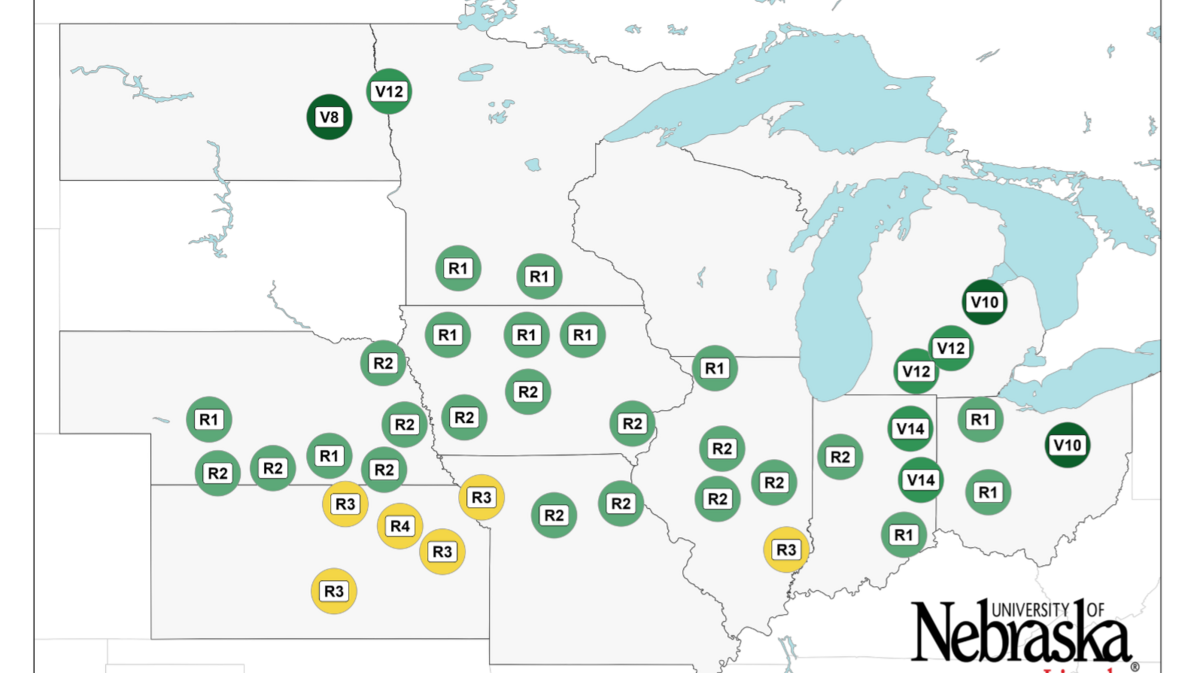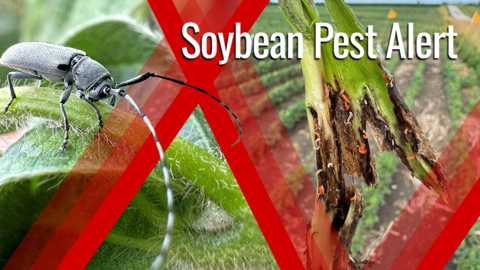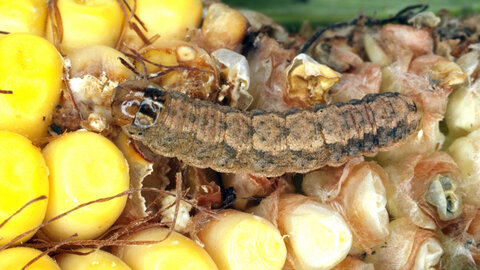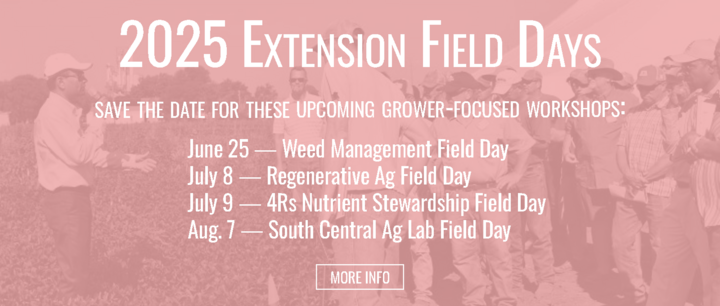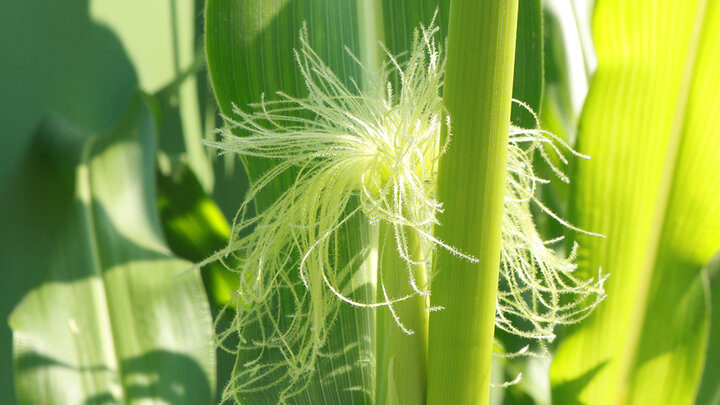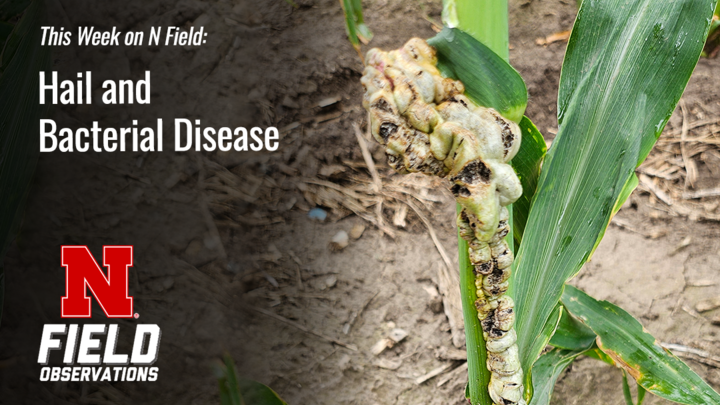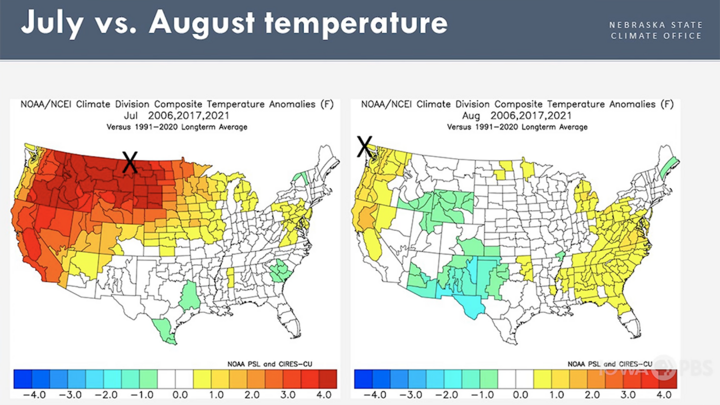2025 Corn Yield Forecasts as of July 15
Mid‑July simulations from UNL’s Hybrid‑Maize model show most Corn Belt fields entering reproductive stages, with Nebraska dryland and irrigated plots pointing toward near‑ to above‑average yields — as long as late‑season temperatures and moisture remain favorable.
Recent Articles
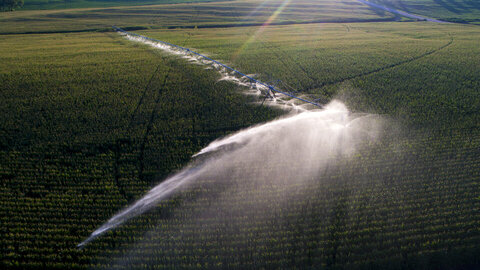
Nebraska Ag Land Values Fall Amid Lower Crop Prices and Rising Costs
Published: July 17, 2025
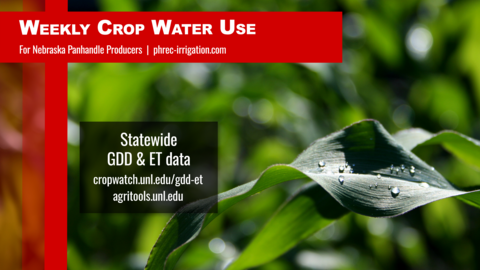
Crop Water Use for July 9-15, 2025
Published: July 17, 2025

Western Bean Cutworm Monitoring in the Panhandle
Published: July 16, 2025
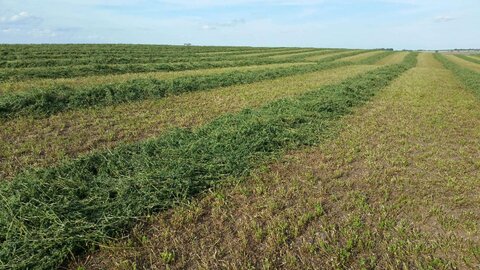
Pasture and Forage Minute: Mid-Season Forage Check, Rained-On Hay and the 2025 Grazing Conference
Published: July 14, 2025
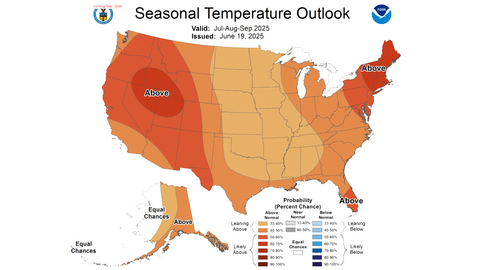
Weekly Weather Update: Favorable Pollination Weather
Published: July 11, 2025
Latest News & Events
Resources for Producers
Wildfire Resources
Resources for farmers and ranchers on wildfire recovery for cropland and pasture/rangeland.

Drought Resources
Extension recommendations on planting, nutrient management and crop damage during drought, assistance programs for drought recovery, and more.
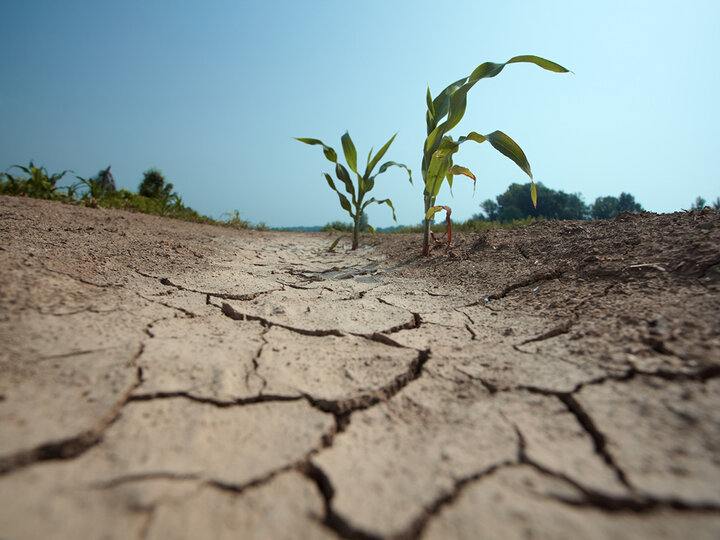
Staying Connected During Tough Times
Programs available to Nebraska farmers, ranchers and their families when they need a helping hand.

Crop Reports
Nebraska Extension and USDA NASS crop production reports.
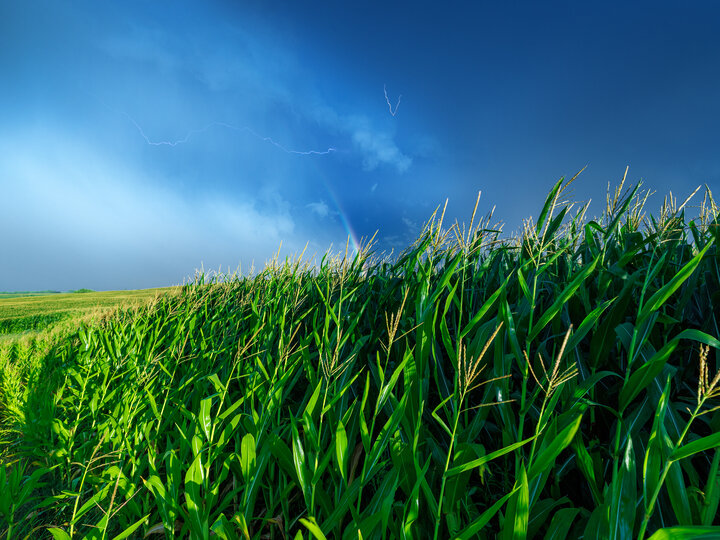
Market Journal
Timely stories for crop and livestock producers on markets, risk management, ag policies and more.

Nebraska Extension Almanac
Extension's long-running interview series featuring info and advice on the farm, ranch and home.
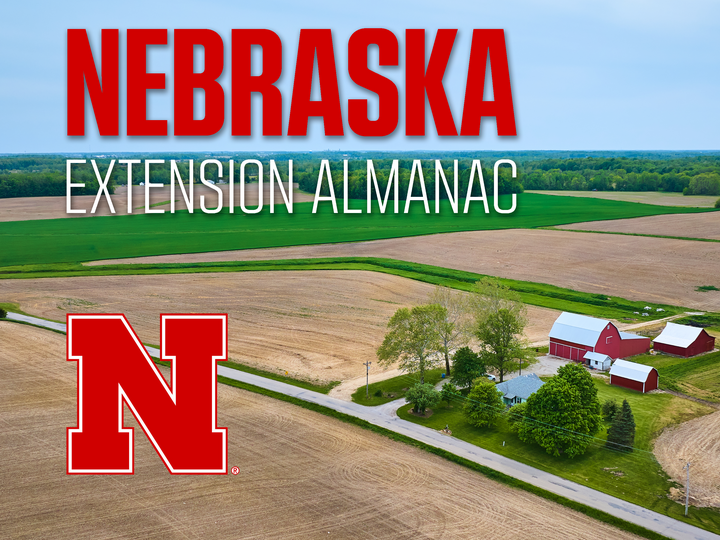
Herbicide Classification Chart
An easy-to-use guide for growers to reference when selecting herbicides based on their site of action.
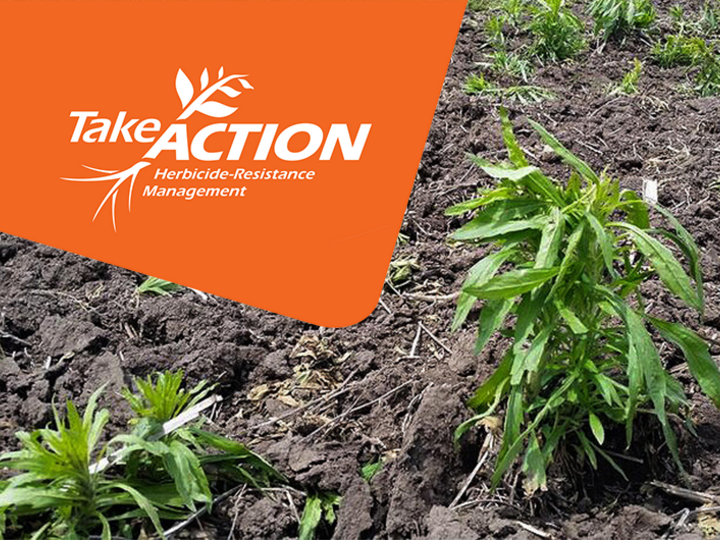
Grain Storage
Check out our selection of extension articles in the Grain Storage section for help with estimating bushels/tonnage in a bin, grain drying and more.
